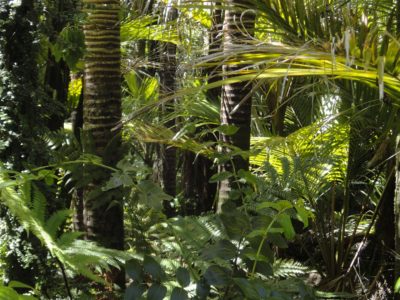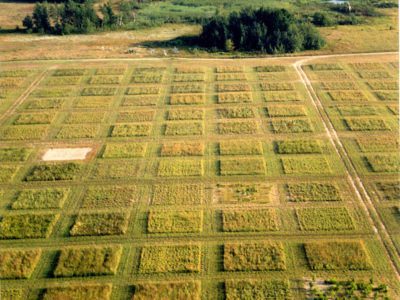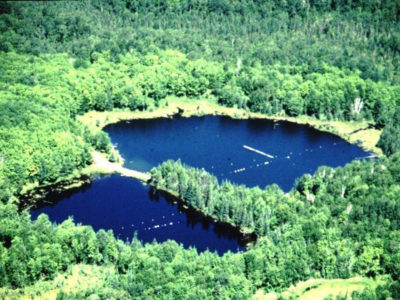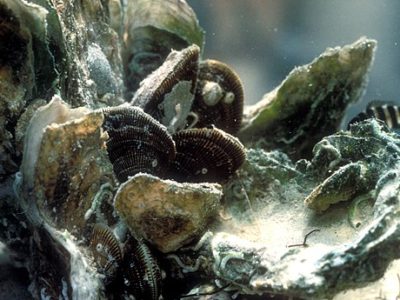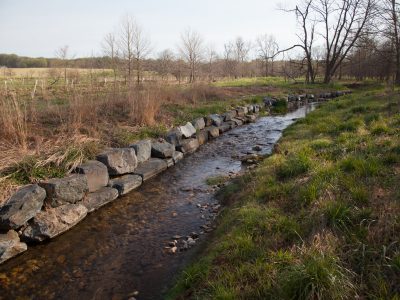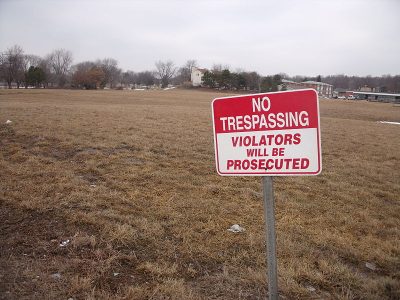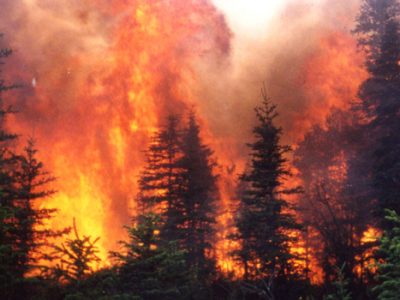Something in the Water: Drug Residue in Urban Streams Alters Microbial Community

New research from the Baltimore Ecosystem Study LTER site reveals that pharmaceutical residues in urban streams may be facilitating the proliferation and persistence of highly resistant bacteria that can survive despite the presence of these drugs.

